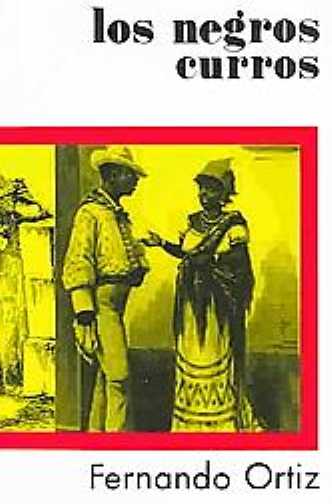4.4.2.3 The Afro-Cuban and Negrista Studies of Fernando Ortiz (1881 – 1969)

According to Marcelo Pogolotti, “Black people continued to be considered nothing more than a labor force even after the abolition of slavery. (…) The first to address the racial question from this angle (the cultural process of the Republic) was Fernando Ortiz, whose investigative work on the subject has not been equaled in breadth and breadth. He approached the topic via the dual path of sociology and criminology, beginning with the former.”
Fernando Ortiz realized early on, through his studies of criminality, to what extent African influences had contributed to shaping the nation’s cultural roots and the inherent diversity of that continent, without losing sight of the fact that, following the great arrival of African influences, this African sediment began to metamorphose and take on a different character, interwoven with the Spanish and the universe of other groups of emigrants.
After “Los negros brujos” (The Black Witches) from 1906, a work that will be addressed in a separate section, he conceived other pieces that involved deep research and a more realistic approach to the object of study, such as his article “Supervivencia africana” (African Survival) from 1908, in which he addresses ñañiguismo as a religious manifestation whose body of ideas was common to others that prevailed in certain stages of the spiritual development of peoples.
In “Black Slaves. A Sociological and Public Law Study,” from 1916, an unprejudiced historicist perspective prevails, along with the recreation of the dire landscapes that Black life entailed.
Between 1926 and 1928, he published a series of essays on “Los negros curros” (The Black Curros), in which he explores the interweaving of African and purely Andalusian influences that underlie their social behavior, which are also the roots of Cuban blackness. In 1929, his essay “Los africanos dientemellados” (The Melted-toothed Africans) appeared; but his work was still more defined by his research than by his discoveries.
In 1937, he founded the Society for Afro-Cuban Studies, in his quest to continue exploring this inexhaustible source of national identity. However, his work in this regard cannot be limited to a collection of works or the framework of institutional efforts. Rather, the vindication of Black people and their African roots through highly ethical scientific research was a fundamental leitmotif of his entire intellectual endeavor.








